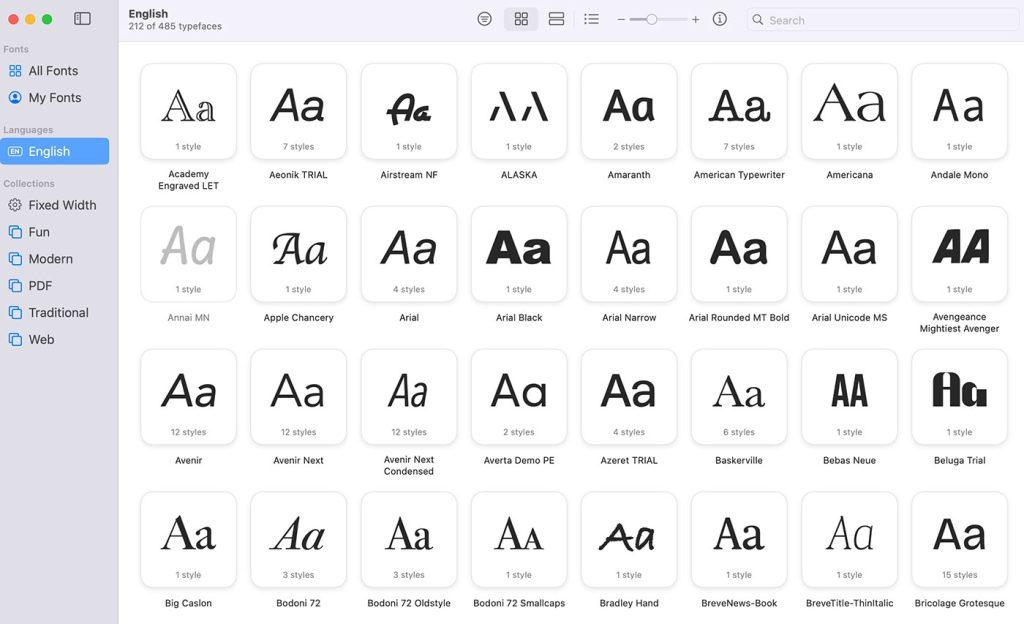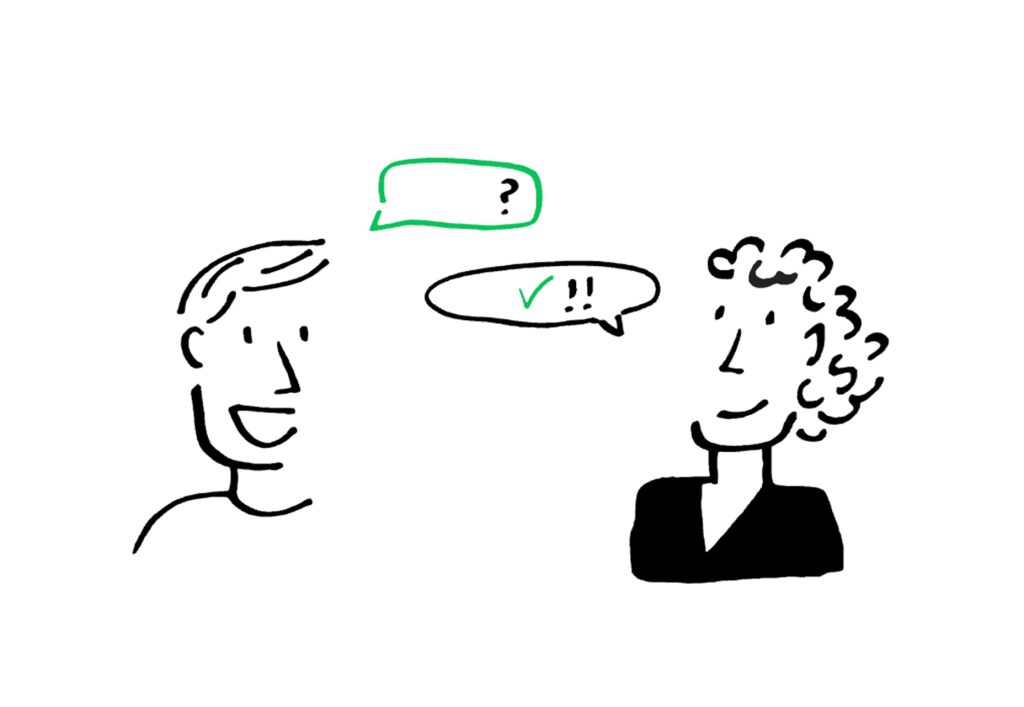As web designers, we are always trying to create websites that leave a lasting impression. Yet in today’s world, websites have evolved from digital brochures into fully-fledged content marketing platforms. Sites are no longer viewed as just another business expense. In fact, they are required to be lead-generators and revenue-generating assets.
Although the importance of websites has increased exponentially over the years, web designers have continued to hold an incredible amount of influence over the process. Sometimes design can over-shadow other important factors, such as search engine optimization. A great example is last year’s launch of Ryanair’s new website. Their search engine rankings tanked, costing the company millions in lost revenue.
I asked a group of small business marketing consultants, and globally recognized SEO and content marketing experts to provide some advice as to what we can do earlier in the design and development process to avoid pitfalls, add more value, and create more productive websites for our clients:
Ann Handley
Ann Handley is the Chief Content Officer of MarketingProfs, a columnist for Entrepreneur magazine and author of the Wall Street Journal bestseller Everybody Writes: Your Go-To Guide to Creating Ridiculously Good Content.
My biggest piece of advice is to get the content person in the room early on — during the very first planning meetings. And keep them there. Give them a seat at the table, and a voice. Many times companies start with design and add Lorem Ipsum copy as a placeholder. But a good content strategist and solid writer can inform the process of producing a more effective web presence. That can only happen if they are included in the initial meetings (and not just shoehorned in at the end!)
Neil Patel
Neil Patel is the co-founder of Crazy Egg, Hello Bar and KISSmetrics. He helps companies like Amazon, NBC, GM, HP and Viacom grow their revenue.
As a web designer, you may want to create polished websites that look perfect. But doing so is counterintuitive. In which when you design a website you may not know what is going to be best from a usability standpoint or a conversion rate standpoint.
So why not focus on creating a minimal design, continually test it by using UserTesting.com or Optimizely, and once you have winning combinations you can then clean up the design and make it look pretty.
John Jantsch
John Jantsch is an author, speaker, and marketing consultant who specializes in assisting small businesses. He is the author of several books including the Wall Street Journal bestseller Duct Tape Marketing, The Referral Engine, and Duct Tape Selling.
One the best ways to build better sites is to ask better questions. Oftentimes designers are most concerned about visual and usability questions when to get at the heart of a great design you need to be asking questions about the people who will hopefully visit the site, about the journey the organization wants them go on and about that one very special thing the organization wants to hang its hat on and make sure the world knows about.
Ask about objectives, goals and even how success will be measured. And more than anything else, ask questions that allow you to help the client understand the value of a successful project to their overall business — when you do that, you can focus on the work you do as an investment rather than a cost.
Mickie Kennedy
Mickie Kennedy is the founder and president of eReleases, a leader in affordable press release writing and distribution services. Mickie has sent out over 30,000 press releases.
A long time ago in a cyberspace far, far away, web design meant the use of frames, repeating backgrounds, blinking text, and auto-playing MIDI files. Chasing the next cool thing could have you trying to erase the modern day equivalent of parachute pants and fanny packs from your portfolio in just a few years. Design with an eye on the present while looking forward.
That being said, you can take a few cues from the online marketing world. Through the practice of small, incremental changes, known as Kaizen, marketers refine websites and landing pages with one singular goal: improved sales. At the end of the day, pages designed for conversions demonstrate a higher level of engagement and profitability.
Dan Olson
Dan Olson is the Co-Founder and CEO of UpCity.com, the industry’s most robust SEO software and inbound marketing platform designed to help businesses and digital agencies achieve local digital marketing success.
Think beyond the design. Important aspects that make a website truly shine are often overlooked. Sure, you can produce beautiful design; but how are you going to generate traffic to get people to see your work of art? Thinking about SEO early on will help with overall messaging and could ultimately drive more traffic to the site. Another area to think about is marketing automation. As a web designer, it’s important to ask the right questions of how you want the website to interact with visitors — how you plan to convert visitors into customers, subscribers, followers… etc.
There are many other pieces that play an important role in developing a great functional website. Understanding your overall goals and thinking about the technology that supports it are the first steps — design should follow.
Scott Stern
Scott Stern spent eight years as an analyst and targeting officer at the Central Intelligence Agency, and he is the founder of Red Stripe Strategy, a Chicago-based marketing consulting firm for small businesses.
There are design and functionality problems I see frequently, but they’re really symptoms of one overarching problem: lack of a coherent strategy. This is something that is really important for a web designer to address with a prospective client. Most small business owners still think of websites as ends in and of themselves. They don’t realize that the site is really just a tool (an extremely important tool but a tool nonetheless) for converting strangers into customers. Because of this they generally think that all they need to do is hire a web designer.
I’ve seen many sites that are beautiful and technically brilliant, but aren’t converting because the developer and client focused on design and not conversion. To best serve the client, I think it’s important for designers to recognize that they usually aren’t marketing strategists and to suggest that the client spend time thinking about strategy or talking to a marketing strategy consultant before the web design process starts.
Christian Vedder
Christian Vedder owns Viral Video Marketing LLC, a video production agency specializing in video marketing, video SEO strategies, and online video content creation for business and special events.
As a locally focused video marketing professional, of course I am going to have a bias towards web videos. Well-crafted, high-quality videos are not only aesthetically appealing and effectively engaging on websites, they are also proven to increase conversion rates. The search engine optimization benefits of online videos are well documented. My advice to web designers is to make your clients aware of the benefits of utilizing website videos, and provide design options for prominent video placement on the home page and other key areas of the site. Emphasize the benefits of explainer videos, as well as powerful testimonial videos from real clients.
Kelly Weppler Hernandez
Kelly Weppler Hernandez is a marketing strategist who specializes in lead generation for small B2B technology companies. Kelly is a Master Duct Tape Marketing Consultant and the founder of WH & Associates.
Companies redesign a website for one of a few reasons: a dated look or engagement model, lack of traffic, lead capture and conversion goals are not being met, or repeated revenue shortfalls. Prior to starting a redesign project with a client, it’s wise to discuss the shortcomings the current site has along with the following:
What is the ideal outcome?
What results are you after? Be specific.
How will you know if we’ve been successful?
How will we measure this?
What metrics are already in place?
How will results be reported?
Josh Currier
Josh Currier is a Navy veteran and founder of Currier Marketing, a small business marketing consulting agency based in Santa Rosa, CA.
Many small business owners look within their own industries for design ideas, and/or have some preconceived idea of what is most important in a web design. Often, they get stuck on one or a couple specific features they really like, but may actually have no real value to their customers/audience. The dilemma is that simply delivering what they want doesn’t always produce the results that are needed.
Facilitating a conversation about the purpose of the website, ie. to act as a brochure, a lead generation device, a content platform, etc. helps educate your prospect (the business owner/decision maker), establishes you as the expert (helps to eliminate price shopping/commoditization of your services), and steers the conversation from what they want, to what they need in terms of a web design.
Andy Catsimanes
Andy Catsimanes is the founder of DayByDay Marketing, dedicated to helping SMBs, churches, and non-profits identify and implement workable marketing systems for predictable growth.
Clients are often very vague at this, so you have to get better at identifying their real goals—so you can deliver.
One thing I’ve learned is that designers who get the best results for their clients go beyond the usual intake questions like, “do you have a style guide?” or “who is visiting your website?” Because here’s the thing… unless your client has taken the time and committed the resources to find out, they may not have a very good sense of what appeals to their target market. They just know something’s not right and they hope a redesign can fix it. But if you can go beyond the typical design questionnaire and focus on the target audience’s goals, you’ll set yourself well above your peers. Think of things like:
Demographics
Geographics
Psychographics and
Technographics
If you can interview your client’s customers, even better! And if part of the project involves using a copywriter, I recommend communicating with them early and often. When copy and design work together, the result can be a real game changer for your client. So take a look at your intake questionnaire and ask yourself if the questions you ask are designed to make your client happy or to serve the target market. At the end of the day, serving your client’s market is the best way to serve your client.
David C. Smith
David C. Smith is a Managing Partner at Valens Point, a specialized consulting firm that helps small business owners increase the value and ‘sellability’ of their company.
I think two important mistakes are often made when working with web designers to create well-designed web sites. Admittedly, they have little to do with creative elements, SEO, or other technical considerations. The first is education. Web designers may mistakenly believe their customers, often business owners, are knowledgeable in the design and creative process.
Designers would see a return on investment by taking the time to educate their customers on the design decisions to be made, how to make them, and why they are important. The second is communication. Website design projects often contain gaps in communication that create doubt and frustration for the customer. Establishing a communication plan at the beginning of the project would greatly reduce the anxiety customers may feel during periods of design and development.
Featured image, conversions image via Shutterstock.






